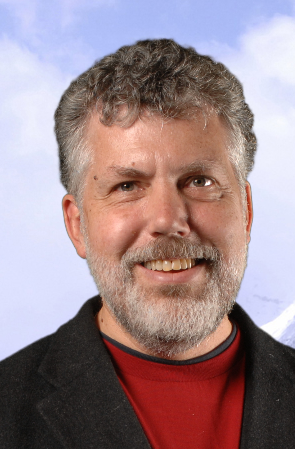- Home
- About Us
- The Team / Contact Us
- Books and Resources
- Privacy Policy
- Nonprofit Employer of Choice Award


Board games, like Scrabble or Monopoly, are so straight forward. You have a sheet with all of the rules set out for you. Even before starting the game, you can plan your whole strategy. Human transformation is at the opposite end of the scale. When a nonprofit or charity helps a program participant transform their life, there is no rule sheet. There is no guarantee that their strategy will work.
While obviously much less complex than working with people, the new Pokémon Go game falls somewhere in the middle. The players are officially told only enough to get them going. There is no rule book. Players have to figure out the rules of the game for themselves. While the internet is full of web sites offering tips and strategies, there is no guarantee that they know any more than you do.
What has impressed me is the way that Pokémon Go players have banded together to analyze the programming behind the game. They share their observations. They pool their data. Theories are formed, discussed and updated.
For example, prominent historical locations or public art are used in the game as PokéStops, where players can get the supplies they need. Pl
ayers started to notice that certain PokéStops gave out more stuff than others. People tested that theory and reported that they found that a stop that gave extra supplies one day, was back to normal the next. Someone figured out that it was every tenth stop that gave extra supplies, but others disagreed. They shared their spreadsheets. The theory was updated to every tenth stop but only if all ten were different stops. That theory was put to the test. Finally, consensus was reached that to get the bonus supplies you had to visit ten different PokéStops in half an hour. By putting their heads together, players gained an important strategy that they might never have found individually.

Professionals working with people have a similar process of updating their strategies as they achieve success and asking what they could have done differently when they are unsuccessful. But often the data is anecdotal and the person will only look at the most recent case, rather than gathering sufficiently detailed data to analyze broader trends. A surgeon I worked with many years
ago had an organized approach to measuring success. He faced the classic problem of the surgery being a success, but the patient not getting better. He put statistics about all of the patient factors he thought might affect the outcome into a
database and looked for patterns. As a result, he learned what other questions to ask and what other strategies to suggest to patients, beyond his surgical procedures.
How often do we do that kind of analysis in the nonprofit world? How often do we test the effectiveness of our programs? How often do we compare our results with others in the field (respecting people’s right to privacy)? So often, I see that statistics are kept, but they are entered into external databases required by funders, such as government health ministries. The statistics aren’t analyzed internally, nor does the government ministry share their analysis.
s that will guarantee success. But think of the benefits of improving nonprofit programs even by a small ongoing amount. rogram staff would feel more empowered, donors would feel better about their support, and most importantly, more people would be able to transform their lives.However complex Pokémon Go might be, it will never be as tough as helping a person transform their life, and there is no single set of rule
Bill Kennedy, CPA, CA of Energized Accounting is a member of a professional network providing financial and revenue systems and management for nonprofits and entrepreneurial organizations.